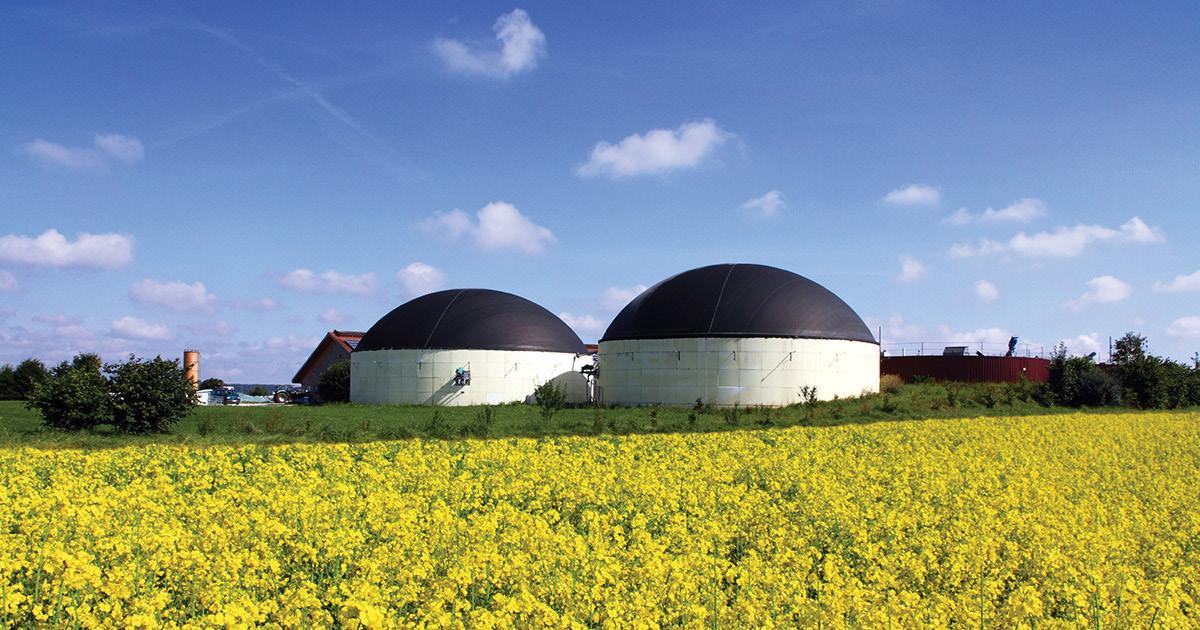Search & secure the best offers for your business electricity, in seconds! Finding a better deal for your business energy has never been easier.
Search a huge range of suppliers, compare quotes & switch fully online. You can save 100s off your business electricity bills, today!
www.BusinessEnergyQuotes.com













